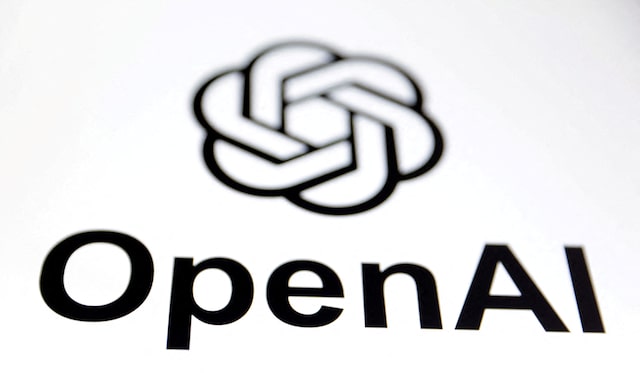OpenAI logo is seen in this illustration taken, March 11, 2024. REUTERS
Companies
-
Allbirds Inc
-
Microsoft Corp
-
Openai LLC
-
Warby Parker Inc
(Reuters) – OpenAI on Friday laid out a plan to transition its for-profit arm into a Delaware public benefit corporation (PBC) to help it raise capital and stay ahead in the costly AI race against companies such as Google.
OpenAI’s new structure aims to potentially make a more investor-friendly corporation while maintaining a mission of funding a related charity.
Rivals including Anthropic have also adopted the PBC structure to balance societal interests along with shareholder value.
WHAT IS A PUBLIC BENEFIT CORPORATION?
While both PBCs and traditional corporations are for-profit entities, PBCs are legally required to pursue one or more public benefits, including social and environmental goals.
Delaware amended its general corporation law to allow the formation of PBCs in 2013 and as of December 2023, there were 19 publicly traded PBCs, according to research by Jens Dammann of the University of Texas.
In its blog, OpenAI described the current structure as “a for-profit, controlled by the non-profit, with a capped profit share for investors and employees”.
Under the new organization, the non-profit will own shares in the for-profit, similar to outside investors, and the for-profit will fund the charitable mission of the non-profit.
“The PBC will run and control OpenAI’s operations and business, while the non-profit will hire a leadership team and staff to pursue charitable initiatives in sectors such as healthcare, education, and science,” it said.
DIFFERENCE BETWEEN A PBC AND OTHER CORPORATE STRUCTURES
Unlike PBCs, non-profit corporations do not have shareholders and reinvest profits into their mission rather than distributing them to individuals.
PBCs do not receive special tax exemptions or incentives, while non-profits are generally exempted from federal income taxes if they meet certain requirements.
LIMITATIONS OF PBCs
Becoming a benefit corporation does not guarantee a company will put its stated mission above profit, as the law only legally requires the board to “balance” its mission and profit-making interests, said Ann Lipton, a corporate law professor at Tulane Law School.
Delaware law does require the company to report on its progress towards the goals to shareholders, who, in practice, dictate how closely a PBC sticks to its mission, Lipton said.
“The only reason to choose benefit form over any other corporate form is the declaration to the public. It doesn’t actually have any real enforcement power behind it,” Lipton added.
Some legal experts also say that publicly traded PBCs are more susceptible to takeovers, as bidders can argue the company lacks profit maximization or that its public benefit goals conflict with the bidder’s objectives.
SOME EXISTING PBCs
Anthropic and xAI: OpenAI’s rivals, Anthropic and Elon Musk’s xAI have also adopted PBCs.
Allbirds: Allbirds (BIRD.O), is a San Francisco-based PBC that sells sustainable shoes and apparel made from natural materials.
Kickstarter: Kickstarter is a New York-based PBC that maintains a global crowdfunding platform for creative projects.
Patagonia: Patagonia is a California-based retailer of outdoor recreation clothing, equipment and food. The company has contributed over $230 million to environmental organizations, according to its website.
Warby Parker: Warby Parker (WRBY.N), is a New York-based manufacturer and retailer of eyewear products. The company’s “Buy a Pair, Give a Pair” policy aims to help people in need.
Reporting by Jaspreet Singh and Rishi Kant in Bengaluru and Jody Godoy in New York; Editing by Vijay Kishore





